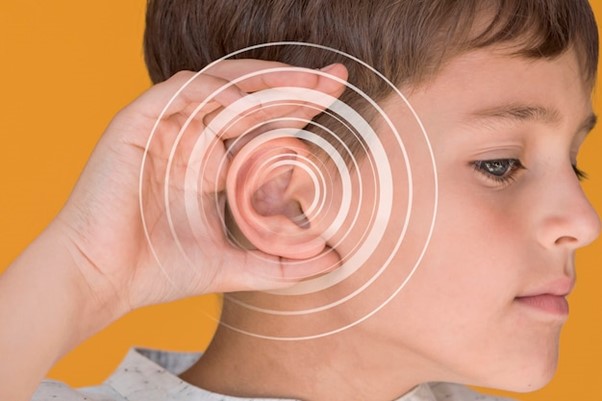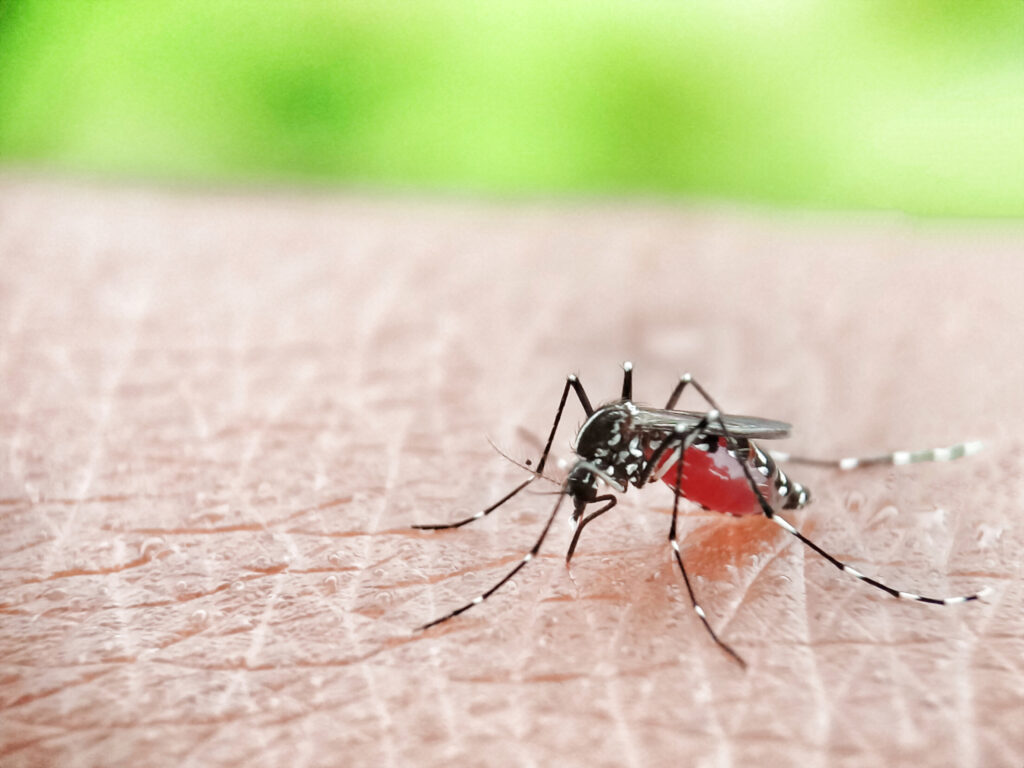Blogs

What is a Brain Tumor?
Pediatric brain tumors are abnormal cell masses that can grow in any part of a child’s brain. There are different types of brain tumors, and

“Essential Child Vaccinations: Why Timely Vaccination is Crucial for Your Child’s Health”
Introduction Essential vaccinations for children protect kids from serious diseases. These vaccines are given at certain ages to help children build strong immunity. In fact,

Warning Signs and Symptoms of Ear Infections in Children
Around 5 out of 6 children will have at least 1 ear infection by the time they are 3 years old. An ear infection is

Malaria in Children: Symptoms, Causes, Diagnosis, Treatment, and Prevention
Introduction Malaria in children is a serious illness caused by a parasite spread by mosquitoes. Children are more at risk because their bodies are still

Pediatric Proteinuria (Excess Protein in Urine): An Overview
Proteinuria is the presence of protein in the urine; although it is expected, the condition can be due to a severe underlying renal or systemic

All You Need to Know About Hypospadias (Abnormality of the Penis)
What is Hypospadias? Hypospadias is a common condition found in about 1 in every 200 boys, and usually detected at birth. It is a condition

Swelling of the Scrotum in Newborns (Hydrocele)
A hydrocele is a fluid-filled sac around the testicle that causes scrotum swelling. Hydroceles are most common in Newborns, especially in premature babies. Symptoms of

Understanding Childhood Asthma Symptoms: A Guide for Parents
Childhood asthma is common in India and affects many families. Understanding what to look for is crucial for parents. Recognizing childhood asthma symptoms early can

Mumps in Children: Symptoms, Treatment, and Prevention Every Parent Should Know
Mumps can sound alarming, yet it’s simply a viral illness targeting the salivary glands. In recent years, we’ve seen a huge drop in mumps cases,

Neonatal Respiratory Distress Syndrome
(Breathing Problem in Newborn) Respiratory distress syndrome (RDS) is a breathing disorder which affects newborns, especially those who are born earlier than 6 weeks. The

